Ceramic tiles of Philippines are what you need. Its wood design is so remarkable, whose all types are analyzed in this article. Do you require assistance in making the best tile decision? Check out this useful buying guide for information on where and how to find inexpensive tiles.
What is a tile, first and foremost? It is a rectangle or square-shaped object that is positioned next to one another as a top layer for walls, floors, counter tops, tabletops, or roofs, occasionally forming a design pattern.
It is typically composed of durable materials, such as natural stone, porcelain, ceramic, glass, metal, or baked clay, taking into account its applications.
Tiles are available in a huge range of materials, designs, and colors. Additionally, they are made from a variety of materials, each of which has advantages and disadvantages. Discover the various tile varieties in this article to determine which one best serves your needs.
A form of tile called ceramic is created by cooling and heating clay in a kiln. Because its surface and look may be altered to various sizes, colors, textures, and shapes, it can be utilized as floor tiles, counter tops, or wall tiles in the Philippines.
Ceramic tiles are entirely distinct from porcelain tiles, despite the fact that they are occasionally referred to as such. Porcelain tile is denser and absorbs less moisture.
Ceramic tile is hence less resilient and more prone to chipping. Typically, a special coating is applied to it to provide additional seal and protection. The tile’s durability and stain resistance are both enhanced by this coating. The coating can also be used to provide the tile patterns and textures.
Where there is less foot activity, ceramic tiles are more suited for floors or walls. Additionally, they absorb water at a faster rate. A ceramic tile will show signs of water seepage if you attempt to apply some water to its back. The fact that ceramic tiles are less expensive and simpler to install is by far their greatest benefit.
Due to their strength and durability, porcelain tiles are suitable for usage both indoors and outdoors. They are therefore better suited for floors with high pedestrian traffic, such as those with hallways, bathrooms, commercial spaces, kitchens, hospitals, schools, patios, or car garages. They are less prone to chipping and scratching than ceramic tiles.
Porcelain tiles come in two varieties: homogeneous tiles and glazed tiles.
- uniform porcelain tiles
Homogeneous tiles are one of the types of porcelain tiles that are most frequently utilized (commonly misspelled as homogenous tiles).
For the avoidance of doubt, homogenous tiles are robust full-body porcelain tiles. In other words, the entire tile is uniformly colored from its surface all the way down. This trait severely restricts the design options for homogenous tiles to solid colors or speckling.
Homogeneous tiles are stronger, more resistant to scuffs, chips, and abrasions, have a reduced water absorption rate, are stain and stain-resistant, and are not porous.
Certainly, they are the best choice for flooring in wet areas like the kitchen, shower, and bathroom because to their non-porous nature and drip resistance. Additionally, they are simple to clean and can even be chemically treated.
- Porcelain tiles with glaze
These tiles are glazed on the top layer, as the name suggests. They lack a uniform, constant color all the way to the center as a result. As a result, they are less resilient than homogenous tiles. Glazed tiles, however, offer more design options, so they are more adaptable. These tiles, for example, may have a wood, stone, or marble look.
Environments with wetness and areas where considerable activity is anticipated can employ vinyl floor tile. Most importantly, it is less expensive, robust, moisture-resistant, easy to install, and clean.
Vinyl tiles typically come in a wide range of hues and patterns. They are set up with a felt-like soft padding underneath. Consequently, compared to hard tiles, this soft layer makes it more comfortable to walk on.
Existing flooring can be covered with vinyl floor tiles without having to remove it beforehand. Make sure the current flooring is flat and smooth, though. Uneven flooring can certainly cause the vinyl tiles to protrude or become damaged.
Additionally, you don’t need to scrub or wax them. To clean them, simply sweep the dirt away or mop. Due to their water resistance, they are therefore perfect for use in bathrooms and kitchens. The most typical places to find carpet tiles are commercial buildings like offices, airports, hotels, restaurants, and libraries.
While some carpet tiles require glue to be applied to the backing, others feature a peel-off adhesive similar to a sticker. They can be positioned on top of wood or concrete flooring. A specific tile can be removed, cleaned, or replaced if necessary if it is stained or damaged. They can be arranged artistically to create a lovely design.
These tiles are not like rolled or wall-to-wall carpet, which is cumbersome and results in greater waste because more carpet needs to be chopped off in order to fit properly.
The installation of carpet tiles must be done with greater care in order to ensure that they are flat and have no protruding edges. Any uneven edges could be dangerous because they could cause someone to trip.
If money is tight, opt for ceramic tiles for wall applications since they are significantly less expensive. Even though homogenous tiles are more expensive, they are better suited for long-term use and are more durable for wall applications.
Keep in mind that replacing a cracked tile will cost money as well. Not to mention the possibility that you will need to replace all of the floor’s tiles because it will be challenging to find a substitute for the original tile you bought.
In the Philippines, there are lots of ceramic and porcelain tiles for sale. While some are imported, others are made locally.
The application for safeguard measures regarding the importation of ceramic floor tiles and wall tiles into the Philippines from various nations was announced by the Department of Trade and Industry (DTI) in a notification of the start of a preliminary investigation.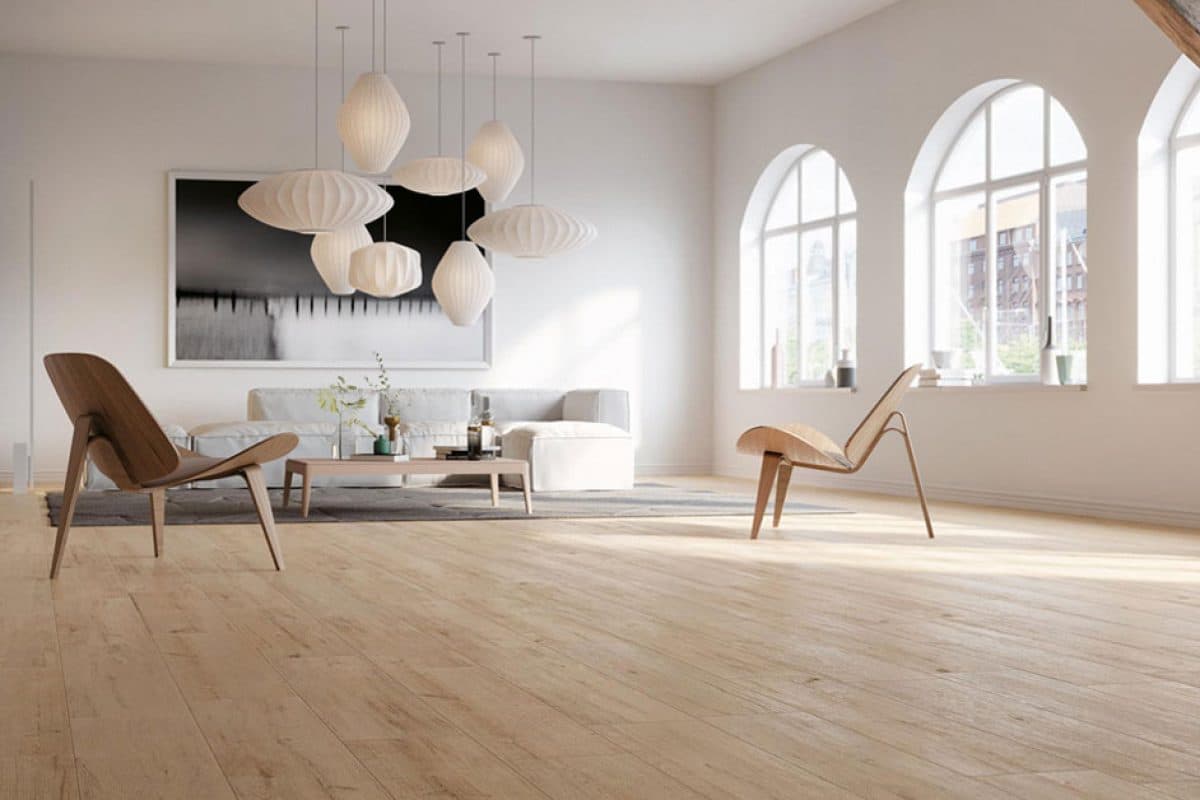
A study on producing floor tiles made from Philippine bamboos was published in the meantime in the Philippine Journal of Science. Bamboos can be used in place of wood tiles since they grow quickly and are simple to propagate.
Tiles are simple to install on a wall. You can quickly install new tiles on your wall by simply following these four simple steps.
Preparing the Surface is Step One.
Choose the location for the tile installation first. Plaster or drywall can be used as the surface in dry environments. Cement board should be utilized as the backing board for damp areas such as the shower, sink, bathroom, or kitchen.
Cement board, as opposed to drywall and plaster, can endure exposure to moisture because water and its vapor may move through it.
Before putting up the wall tiles, sand the surface if it has been painted. Make sure the surface is level and without any ridges. sanitize the surface. It ought to be dry as well.
Step #2: Design a Layout for the Tile Pattern
Find the wall’s middle, which is where the tiles will go. Using a carpenter’s level, establish the horizontal and vertical lines in respect to the ground.
To determine how the tiles will fit together, arrange them out in a horizontal row beginning in the center. Then, beginning in the center, place a second set of tiles on a vertical column. Give the grout some room to breathe. Depending on how you want the tiles to look, modify as necessary.
Install the tiles in Step #3.
Tile adhesive is the substance used to adhere tiles to walls. There are two different kinds of adhesives. The first is available in powder form, hence the name powdered adhesives, while the second is available in paste form and is more formally known as ready mixed pastes.
If you plan to use powdered adhesives, follow the product’s directions when adding water to them. The mixture turns out to be like paste. Compared to ready-made adhesives, this mixture bonds more strongly.
In contrast to ready-made adhesives, which can only be used on small ceramic tiles, this form of glue is strong enough to be used on a variety of tile types, including ceramic, porcelain, and stone tiles.
The location where the tiles will be put will determine the sort of glue you employ. For installing wall tiles in dry regions, you can use ready-made adhesives. Use tile adhesives with a cement foundation, however, for those that will be installed in damp or wet places.
Fourth Step: Apply Grout
Grout, a paste-like mixture of colorant, cement, and water, is used to seal tile joints and fill in spaces between tiles. Additionally, it aids in lining up the tiles and fastening them to the wall and to one another. The market offers a wide variety of grout colors. Select the one that most closely matches the hue of your wall tiles.
Our professional team in exporting will guaranty a long-term strong relationship with all wholesalers around the globe.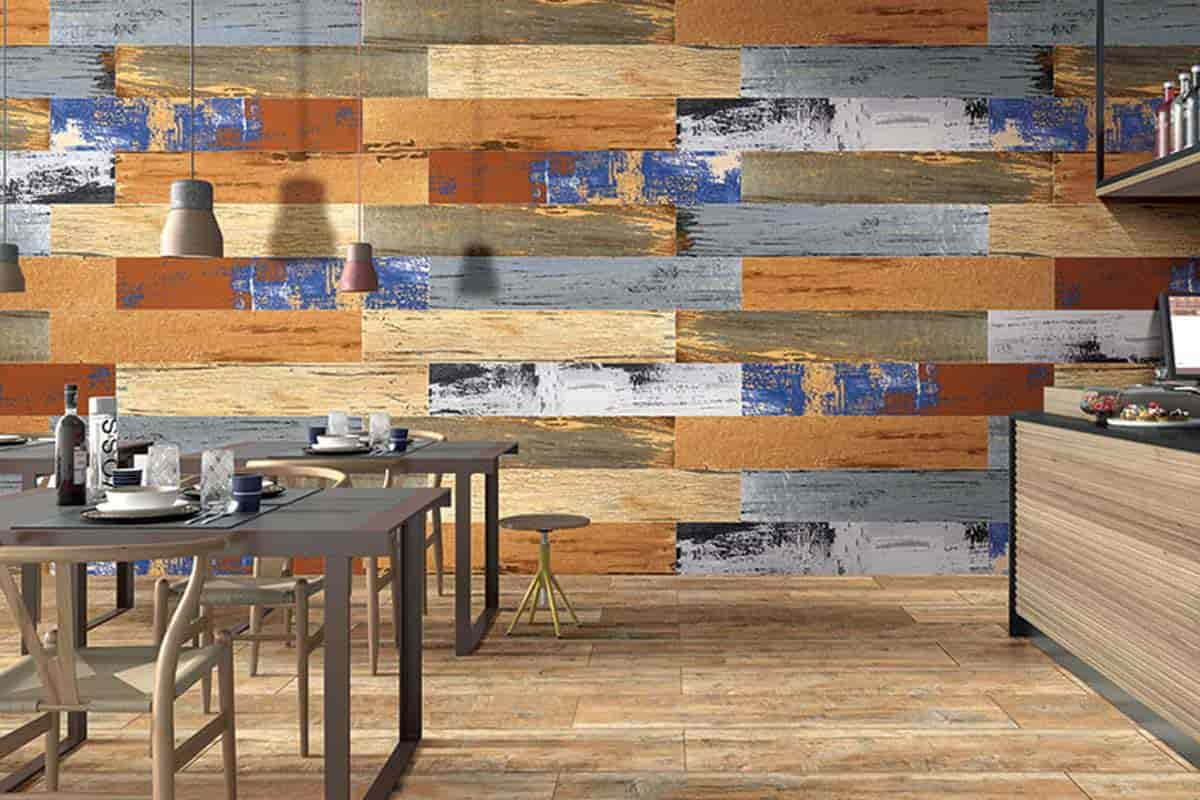

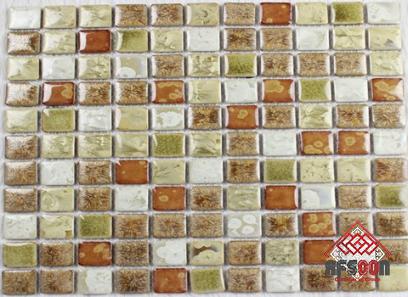

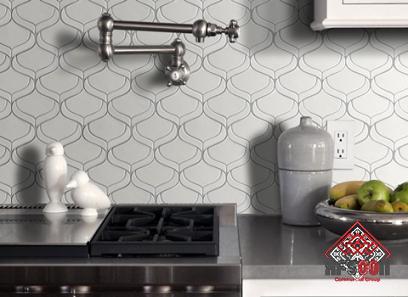
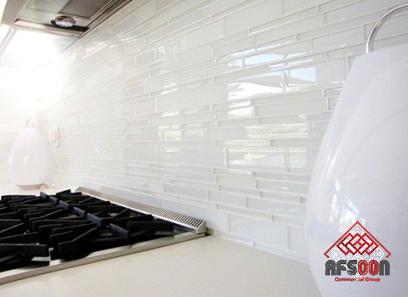

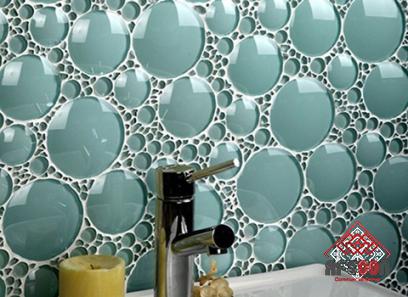

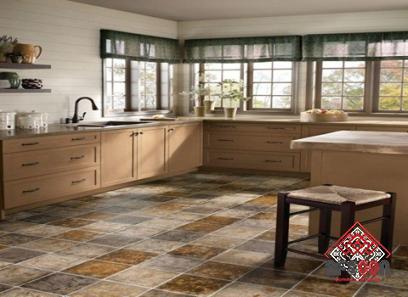
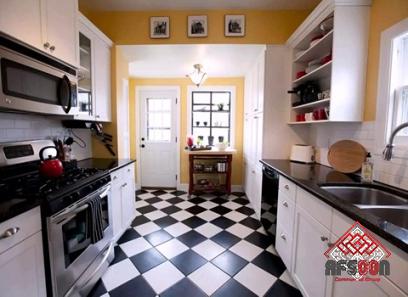
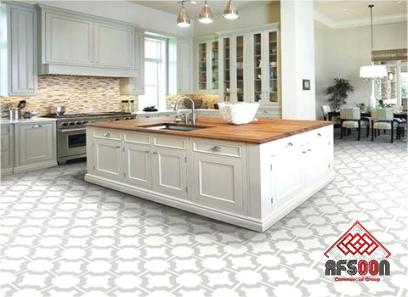
Your comment submitted.